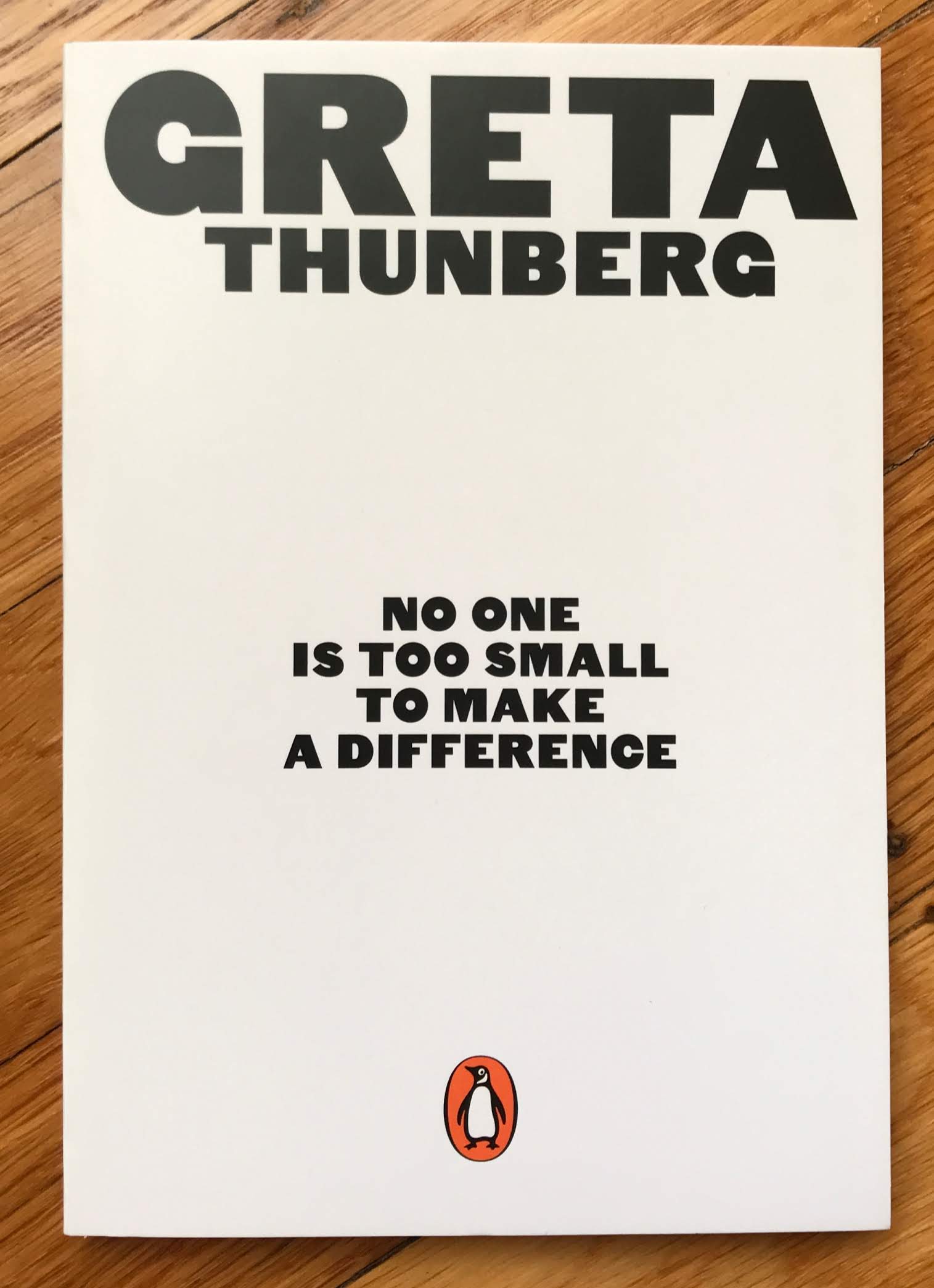
The Neri Oxman Material Ecology Catalogue
edited by Emily Hall and Jennifer Liese
published by The Museum of Modern Art, NY (MoMA)
2020
Art exhibitions are a special sort of book, and I was excited to obtain this one after having missed the exhibit at MoMA (because: COVID).
The curator’s essay notes that architecture has its movements and manifestos, and that Speculative Critical Design, which could include Oxman and her lab’s practice, “has featured earnest but inconsequential exercises and clichéd storytelling,” which could honestly be a summary of nearly every architectural movement/manifesto (I could stop the sentence here) that hasn’t delivered a robust body of work. Oxman’s written philosophical content can provide insights, but appears intended to produce a shell of theory for the practical purposes of funding an experimental practice. You can gloss over it, admire the design of the catalog itself (modeled in tribute to Stuart Brand’s Whole Earth Catalog), and then look at the interesting experiments and models that Oxman and her teams have produced.
Oxman produces attractive art objects that show off the potential of experimental, available natural materials. To utilize these materials, different fabrication methods involving both showy robots and insects are attractively documented, so that the processes behind the forming of materials is clear.
There is a tiny caption in an image “the shellfish industry produces more than 1 million tons of chitin-based waste per year,” and suddenly the context of the many forms and pieces involving chitin is clear. We have abundant supplies of materials that are the byproduct of other industries, which could offer opportunities to escape our petroleum and plastic-based problems.
The emphases on responsible material use, experimental manufacturing, and artistically documented processes interest and please me. Displays of models and experiments charm me (in a way similar to Studio Olafur Eliasson’s geometric model shop), though these models often have forms suggesting industrious insects made them, or perhaps volcanic springs formed them over time – and I mean that as a compliment. There are a few pieces that aren’t as tightly conceptualized to appeal to me (the death masks, for example), but the results are attractive, and they aren’t here to please me alone, so I won’t complain.
This is an attractive, well-designed catalog that shows off intelligent and attractive materials engineering experiments. I appreciate Oxman’s innovative work and overall practice, which is very STEAMY (in the putting the Art back into STEM way).


